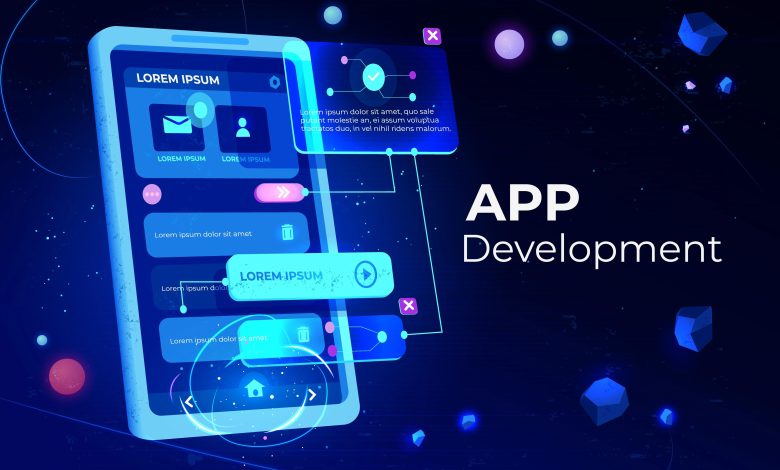Modern App Architectures: From MVC to Microfrontends and Clean Architecture

The way applications are structured has evolved dramatically over the last decade. Traditional monolithic designs no longer meet the scalability, maintainability, and flexibility requirements of modern apps. Developers today are moving towards modular, distributed, and clean architectures that support rapid development, easy testing, and seamless collaboration.
This article explores the evolution of app architectures from MVC to Microfrontends and Clean Architecture, highlighting best practices, benefits, and practical implementation strategies for modern app development.
The Evolution of App Architectures
1. MVC (Model-View-Controller)
MVC is one of the earliest and most widely used architectural patterns. It separates an application into three components:
- Model: Handles data and business logic.
- View: Manages the user interface and presentation.
- Controller: Processes input, updates models, and determines views.
Advantages:
- Clear separation of concerns.
- Simplifies testing of individual components.
- Works well for small to medium-sized applications.
Limitations:
- Scalability issues for large applications.
- Tight coupling between layers can make changes difficult.
- Challenging to maintain when multiple teams work simultaneously.
2. MVVM (Model-View-ViewModel) and Variants
MVVM emerged to address some MVC limitations, especially in mobile and front-end frameworks. It introduces the ViewModel, which acts as a binder between the Model and the View.
Key benefits:
- Two-way data binding allows UI to update automatically.
- Decouples business logic from UI logic.
- Well-suited for frameworks like React, Angular, and Flutter.
Example:
In a Flutter app, the ViewModel manages API calls and business logic, updating the UI reactively using state management libraries like Riverpod or Bloc.
Microservices and Modular Backends
As applications grew, monolithic backends became hard to scale and maintain. Microservices introduced a paradigm shift:
- Definition: Each feature or service is a self-contained unit with its own database and API.
Benefits:
- Facilitates cross-functional team development.
- Easier maintenance and debugging.
- Independent deployment and scaling.
Example:
An e-commerce app can split services into user management, payment processing, catalog management, and recommendation engines. Each service can evolve independently without affecting the others.
Microfrontends: Modularizing the Frontend
Just as backends moved to microservices, frontends are adopting Microfrontends. This approach divides a large web or mobile application into smaller, independently deployable fragments.
Key advantages:
- Enables multiple teams to work in parallel without conflicts.
- Allows mixing of different technologies in one project (e.g., React + Vue).
- Simplifies updates and A/B testing.
Example:
A news portal might split its homepage into microfrontends: top headlines, trending topics, personalized recommendations, each developed and deployed independently.
Clean Architecture
Clean Architecture, popularized by Robert C. Martin, emphasizes separation of concerns, testability, and independence from frameworks and UI technologies.
Core principles:
- Entities: Core business rules.
- Use Cases / Interactors: Application-specific logic.
- Interface Adapters: Presenters, controllers, and gateways.
- Frameworks & Drivers: External agents like databases and UI frameworks.
Benefits:
- Flexible and maintainable for long-lived projects.
- Easy to replace frameworks or databases without affecting business logic.
- Strong testability at every layer.
Example:
In a banking app, the core logic for calculating interest and validating transactions resides in entities, while the UI layer just handles display and input, making changes to the UI without affecting financial rules straightforward.
Combining Patterns for Modern Apps
Many modern applications combine multiple architectures:
- Mobile apps: MVVM or Redux for state management + Clean Architecture for business logic.
- Web apps: Microfrontends for modularity + Clean Architecture for maintainability.
- Full-stack apps: Microservices backend + Microfrontends frontend + Clean Architecture core.
Benefits:
- Maximum flexibility and scalability.
- Optimized for multi-team environments.
- Easier to adopt new technologies incrementally.
Best Practices for Modern App Architectures
- Start with modularity: Even small apps benefit from separating layers and modules.
- Use Dependency Injection: Reduces coupling and simplifies testing.
- Prioritize testability: Each layer should be independently testable.
- Document contracts and interfaces: Especially critical in Microservices and Microfrontends.
- Monitor performance: Modular architectures can introduce overhead; use profiling and caching strategically.
Case Studies
1. Netflix
- Architecture: Microservices backend + Microfrontends for UI.
- Impact: Independent teams deploy features daily without conflicts; highly scalable and resilient.
2. Airbnb
- Architecture: MVVM + Clean Architecture for mobile apps.
- Impact: Improved maintainability, faster onboarding for developers, and robust testing for complex booking logic.
3. Shopify
- Architecture: Modular monolith transitioning to Microservices + Microfrontends.
- Impact: Supports thousands of merchants with rapid feature deployment while keeping core systems stable.
Future Trends
- Serverless Microservices: Simplifying backend deployment and scaling.
- AI-Assisted Architecture Design: Tools that suggest optimal modular structures.
- Cross-Platform Unified Architectures: Combining mobile, web, and desktop under a single architecture.
- Observability-Driven Development: Architectures optimized for monitoring, logging, and tracing from day one.
Conclusion
Modern app architectures have moved far beyond the traditional MVC pattern. Developers now embrace modularity, scalability, and maintainability through patterns like Microfrontends, Microservices, MVVM, and Clean Architecture. Choosing the right combination depends on the app’s size, complexity, team structure, and long-term goals.
By understanding these architectures and adopting best practices, developers can create robust, flexible, and future-proof applications that scale effortlessly and adapt to rapidly evolving user and business needs.

